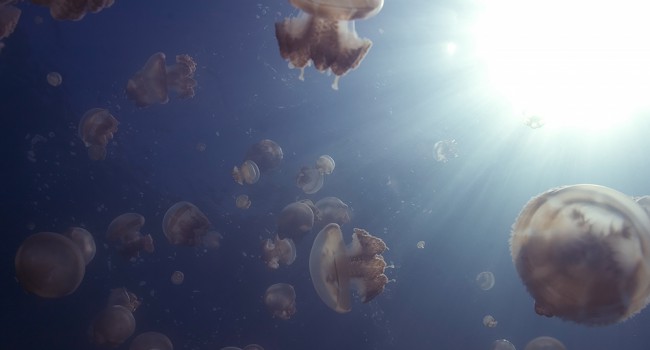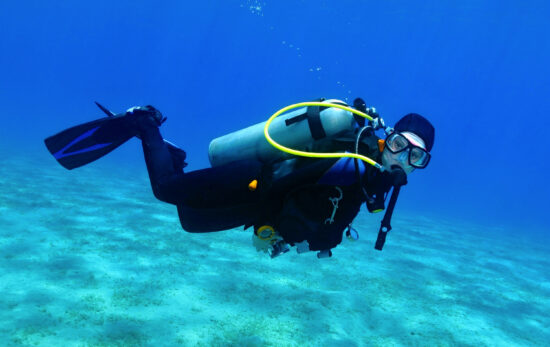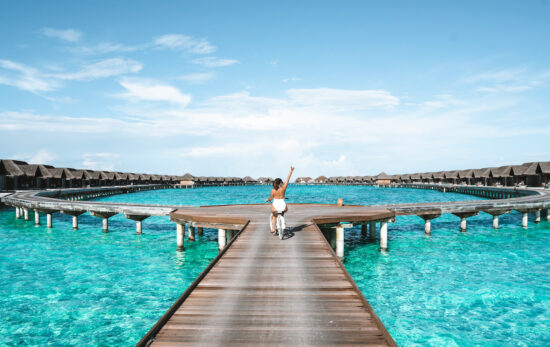This article was written by Firas Jundi, PADI EMEA Training & Quality Management Consultant and PADI TecRec Instructor Trainer, and was originally published on the TecRec blog on August 13, 2015.
I recently purchased a fitness trackers, a wrist-worn gadget that tracks your movement and monitors your heart rate then synchronizes with your phone every 20 minutes. Based on the synced data, the mobile app can tell you more about yourself than even you ever knew. It can reveal the number of steps you take, the duration and the intensity level of your activity, your heart rate, what times of day (and seasons) you are most prone to being a couch potato, the number of calories you burn and the length and quality of your sleep.
I decided to make a comparison between cycling activity and a simulated Tec dive.
I cycled for 1:24 minutes covering 25km (15 miles), and the energy burned was 1295 calories. This is my maximum ability within my comfort zone.
Compared with the diving activity, I decided to make a dive to 10 meters (33 feet) in 14 degrees Celsius (57 degrees Fahrenheit). The dive preparation involved setting up four bailout cylinders and carrying them for about 50 meters/164 feet (two at the time), then walking back to the car to suit up and back to the silent world. The dive bottom time was 115 minutes, and the dive involved simulating a bailout scenario and removing and replacing the cylinders to simulate trading bailouts with your teammate.
The total time from starting to prepare for the dive and until the car was packed, was 3:42 minutes (1:55 was underwater).
I repeated the same level of activity the following morning, but the dive bottom time was 87 minutes, my tracker app showed me the following:
The 28 minutes less on day two resulted in 183 less burned calories, averaging 6.5 calories per minute. When compared to the cycling activity, this is fewer calories burned per minute. However, for me cycling for 25km (15 miles) was at the edge of my comfort zone and felt like a big thing. Alternatively, one long dive results in much more activity burning, and it was a very relaxing activity.
While this is not a scientific research, I thought it might be worth sharing.






